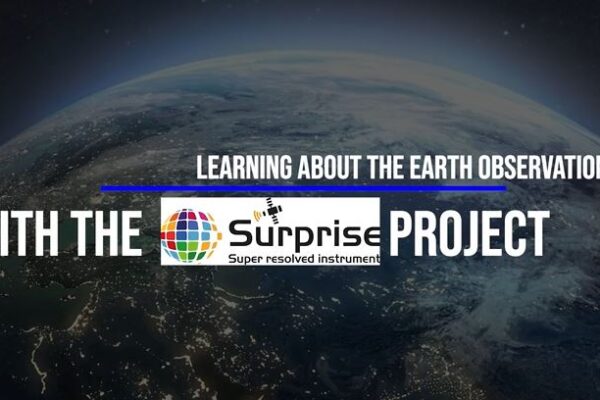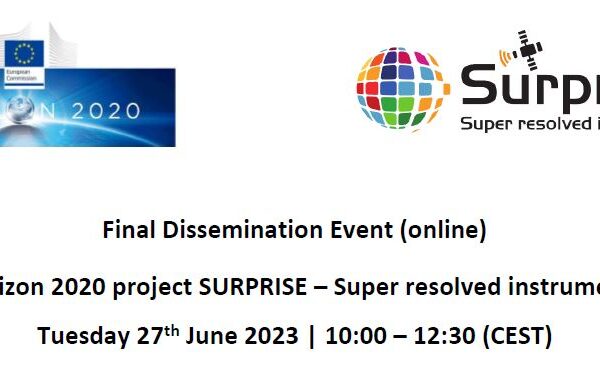In this page, we try to break through some of the terminology that we use in SURPRISE and in Earth Observation.
GLOSSARY
Key Words in SURPRISE
Earth Observation
Earth observation is the gathering of information about the physical, chemical, and biological systems of the planet via remote-sensing technologies, supplemented by earth-surveying techniques, which encompasses the collection, analysis, and presentation of data. Earth observation is used to monitor and assess the status of and changes in natural and built environments.
European Space Agency
The European Space Agency is an intergovernmental organisation of 22 member states dedicated to the exploration of space.
Copernicus programme
Copernicus is the European Union’s Earth observation programme coordinated and managed by the European Commission in partnership with the European Space Agency, the EU Member States and EU Agencies. It aims at achieving a global, continuous, autonomous, high quality, wide range Earth observation capacity.
Sentinels
The Sentinels are a family of satellite missions created for the operational needs of the Copernicus programme. Each Sentinel mission is based on a constellation of two satellites to fulfil revisit and coverage requirements, providing robust datasets for Copernicus Services. These missions carry a range of technologies, such as radar and multi-spectral imaging instruments for land, ocean and atmospheric monitoring.
Satellite revisit time
The satellite revisit time is the time elapsed between observations of the same point on earth by a satellite. It depends on the satellite’s orbit, target location, and swath of the sensor.
Spatial resolution
Spatial resolution is a term that refers to the number of pixels used in constructing a digital image. Images having higher spatial resolution are composed with a greater number of pixels than those of lower spatial resolution. Higher resolution means greater image detail.
Spatial light modulators
A spatial light modulator (SLM) consists of an array of optical elements (pixels) in which each pixel acts independently as an optical “valve” to adjust or modulate (either reflectively or transmissively) light intensity from a lamp or laser source, in order to create a dynamically reconfigurable digital image. The kind of SLM used in SURPRISE Project is a MicroMirror Array (MMA).
Compressive sensing
Compressed sensing is a signal processing technique for acquiring and reconstructing a signal, by finding solutions to underdetermined linear systems. This is based on the principle that, through optimisation, the sparsity of a signal can be exploited to recover it from far fewer samples than required by the Nyquist–Shannon sampling theorem.
Payload
Payload is a term used in a satellite mission to describe the equipment which ‘pays’ for the mission. The communication transponder is the payload for a communication satellite while an earth observation camera is the payload for a remote sensing satellite.
Responsible Research and Innovation
Responsible Research and Innovation is an attempt to systematise and promote the inclusion of social, environmental and ethical issues and procedures into the whole research and innovation chain. The aim is to minimise the potential risk that emerges from R&I, anticipate the consequences of R&I and to boost potentially positive impacts.




